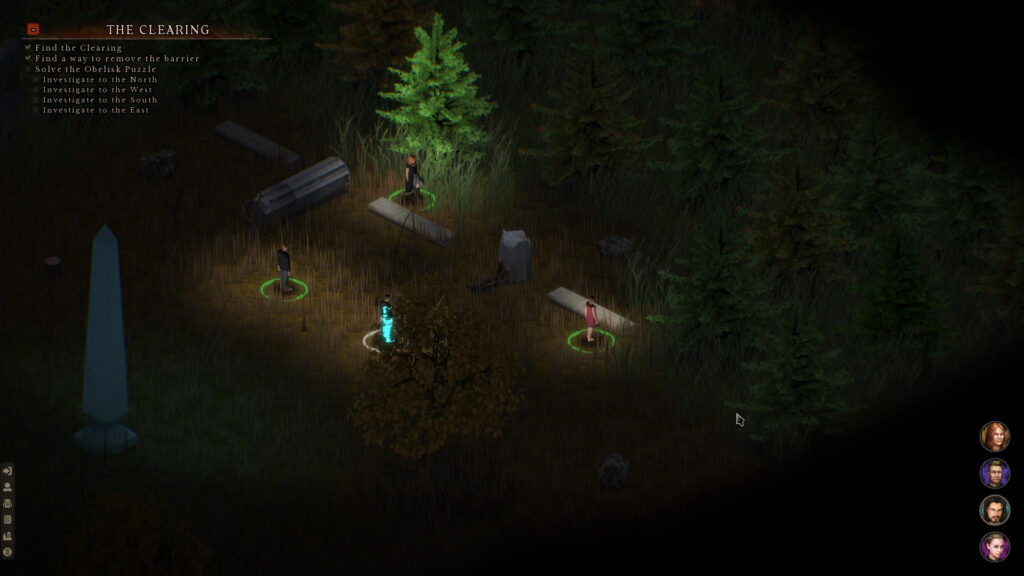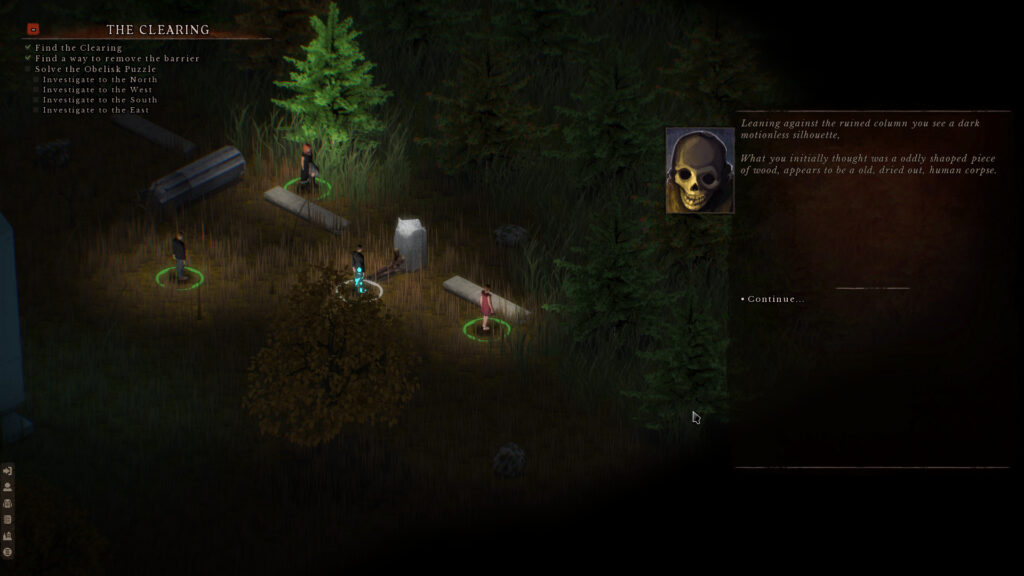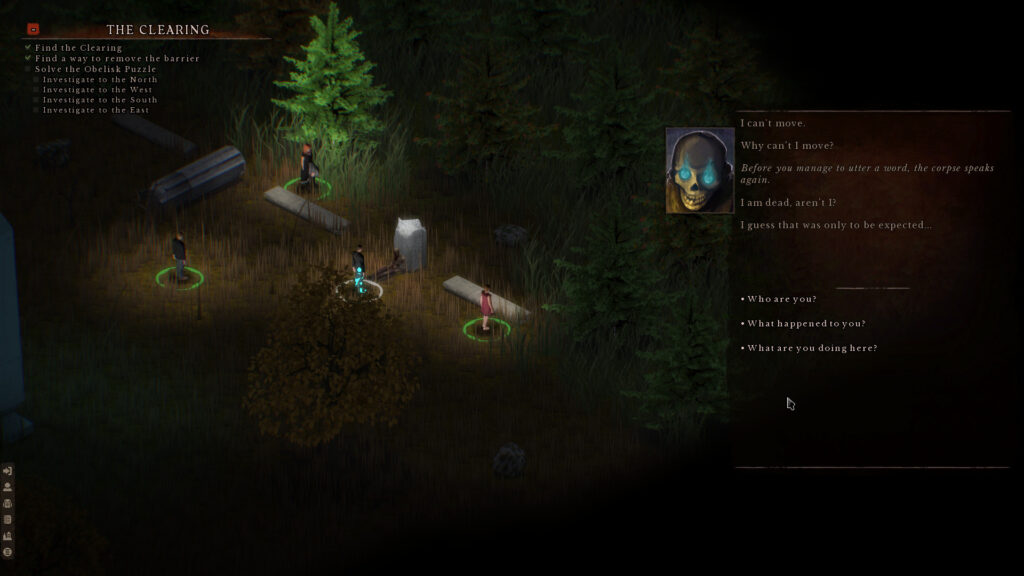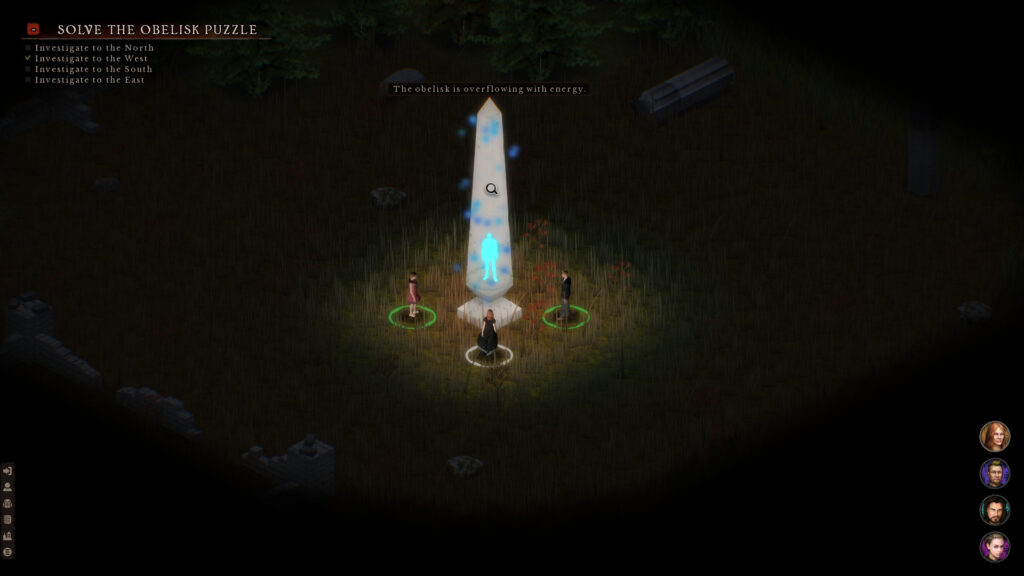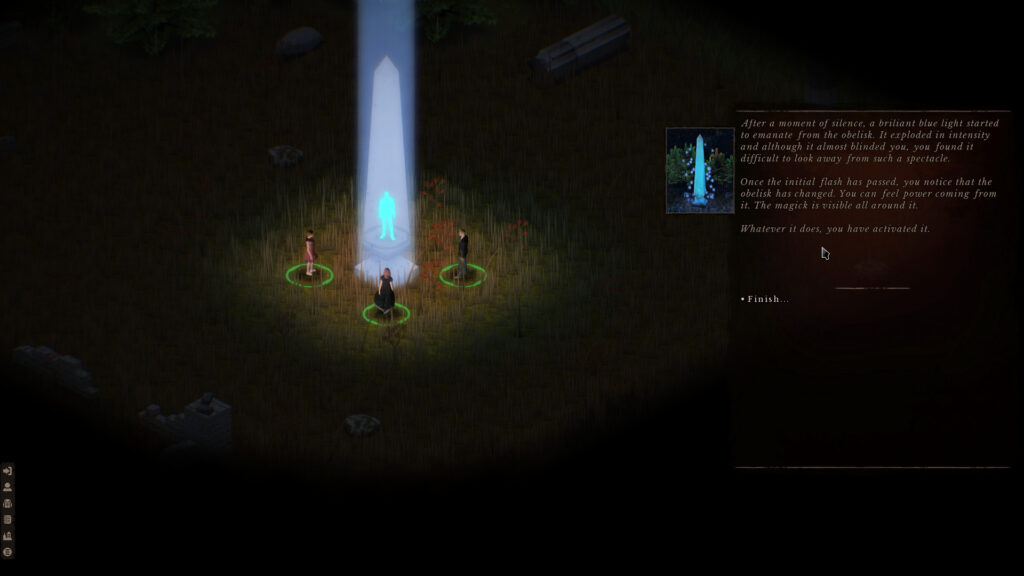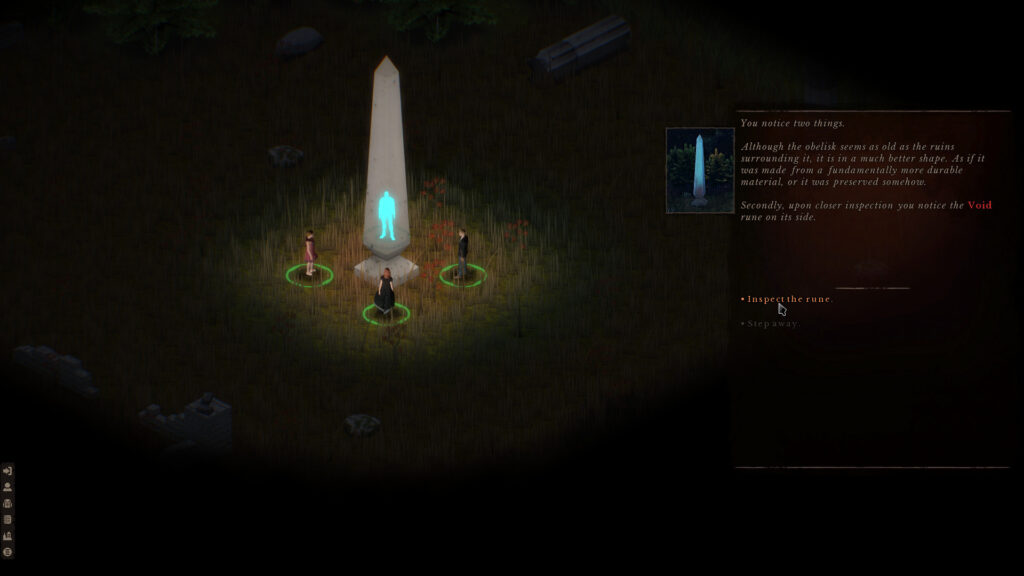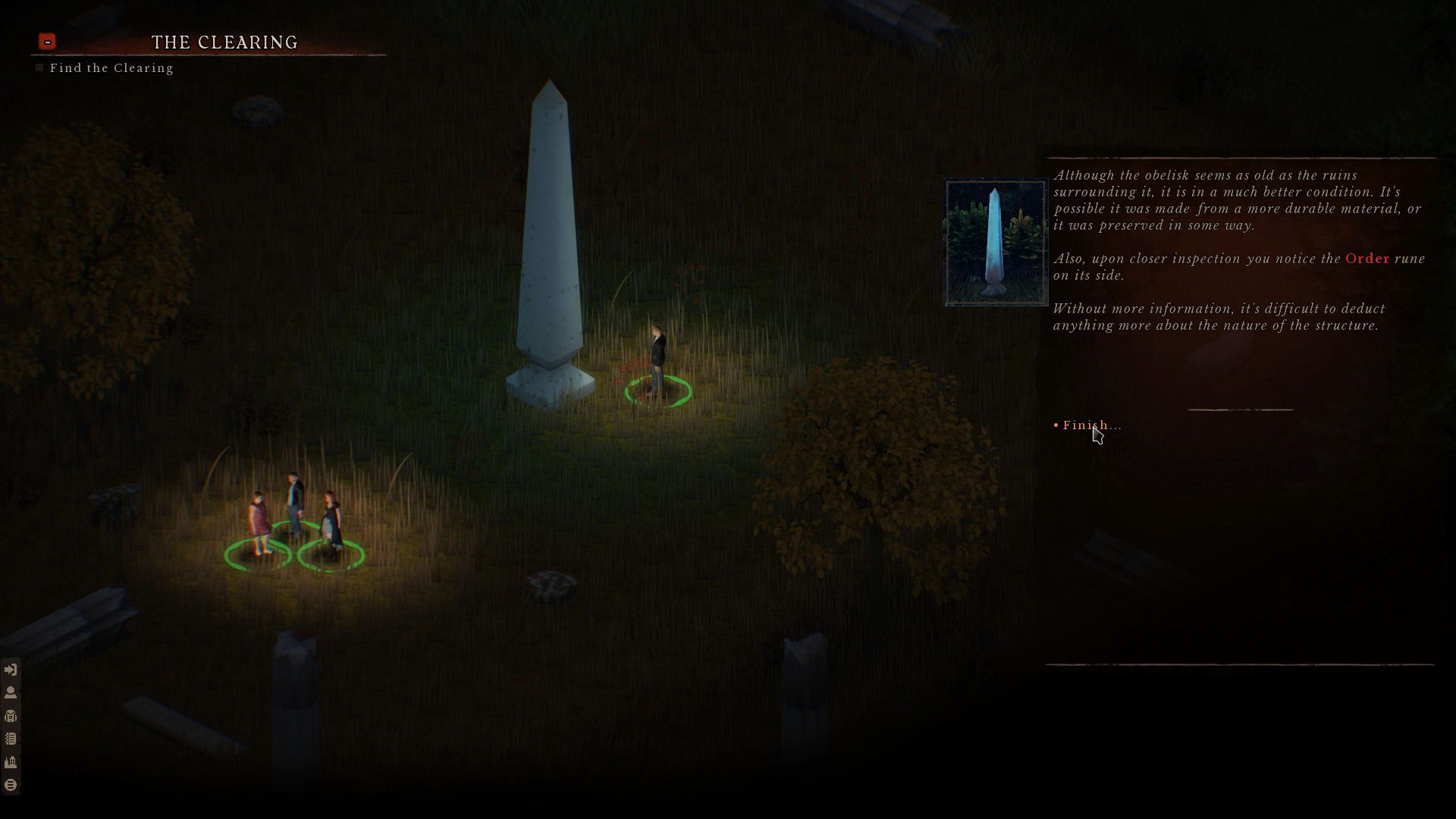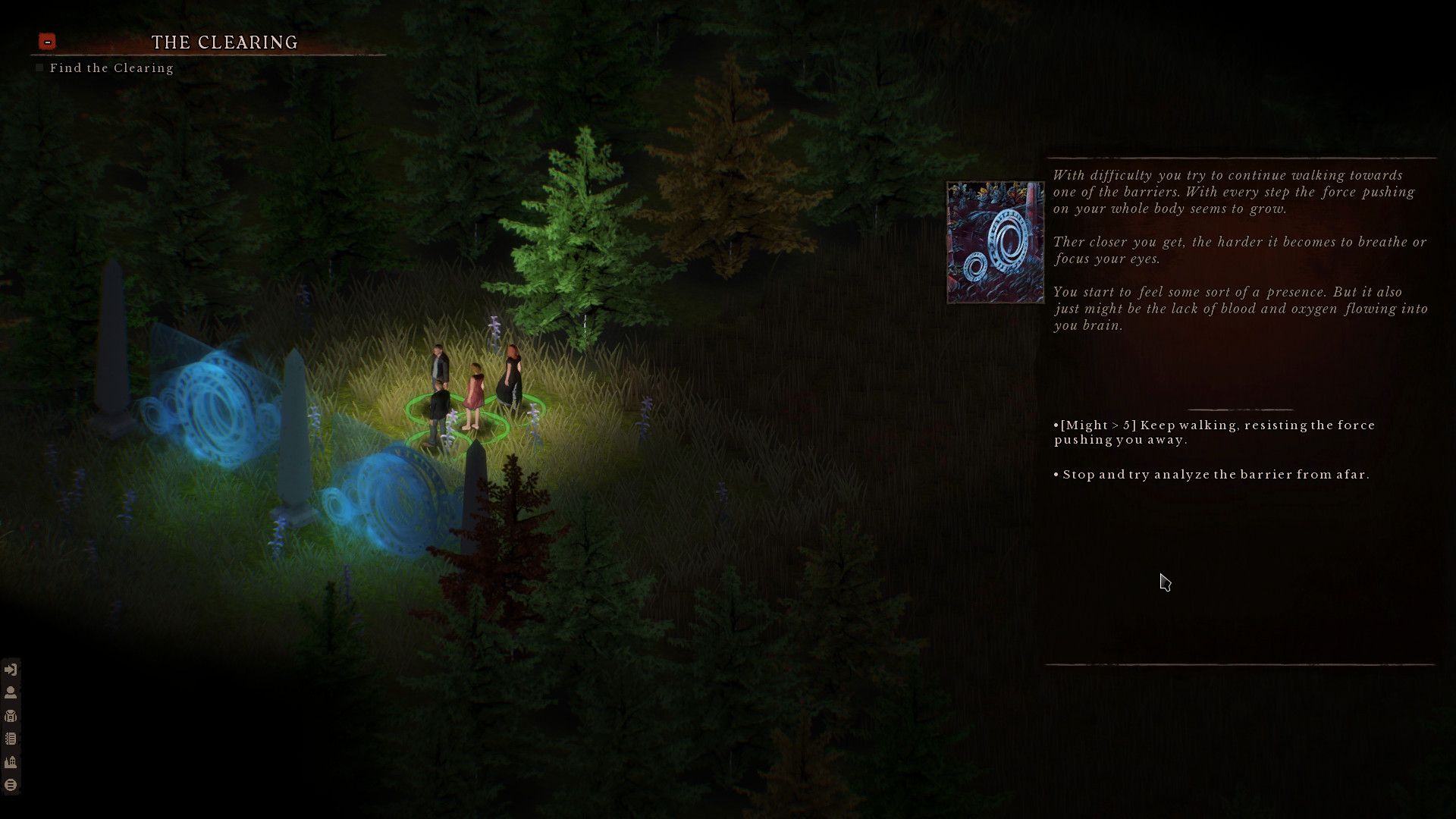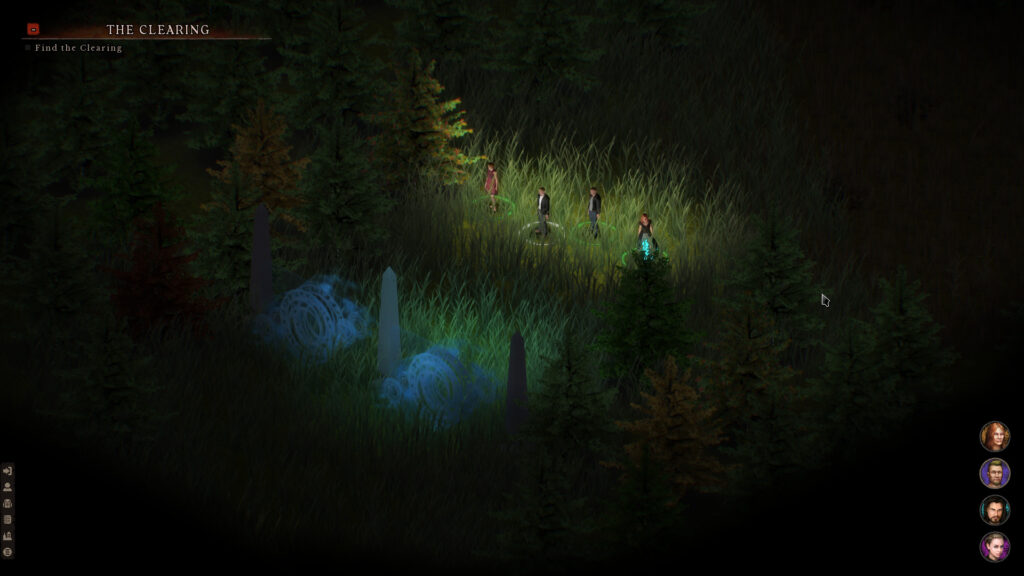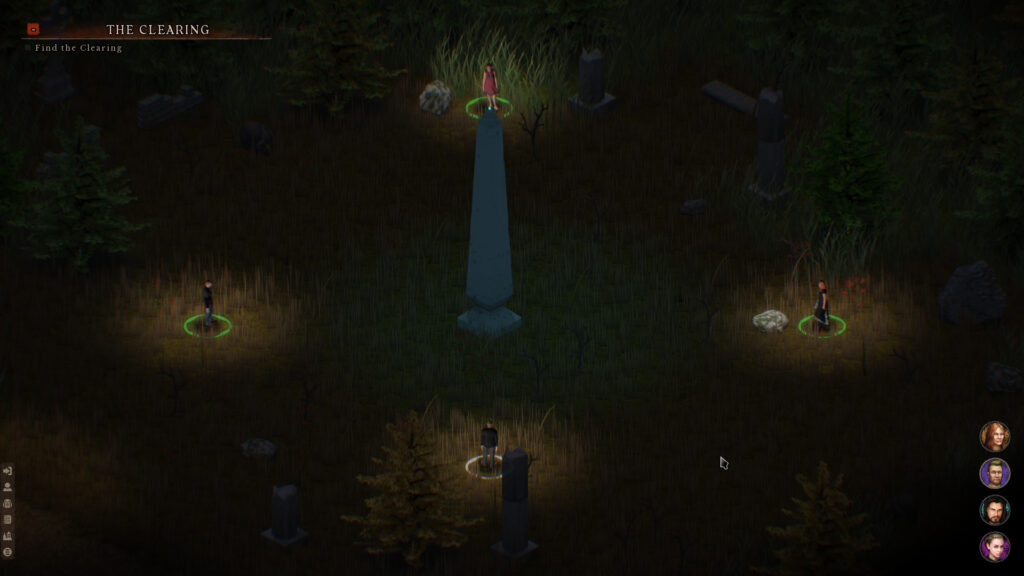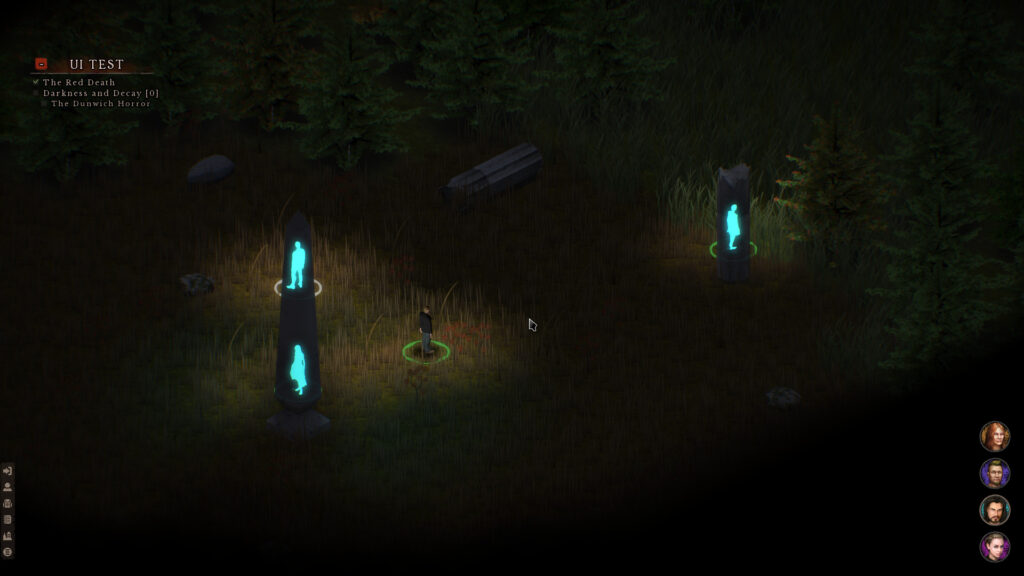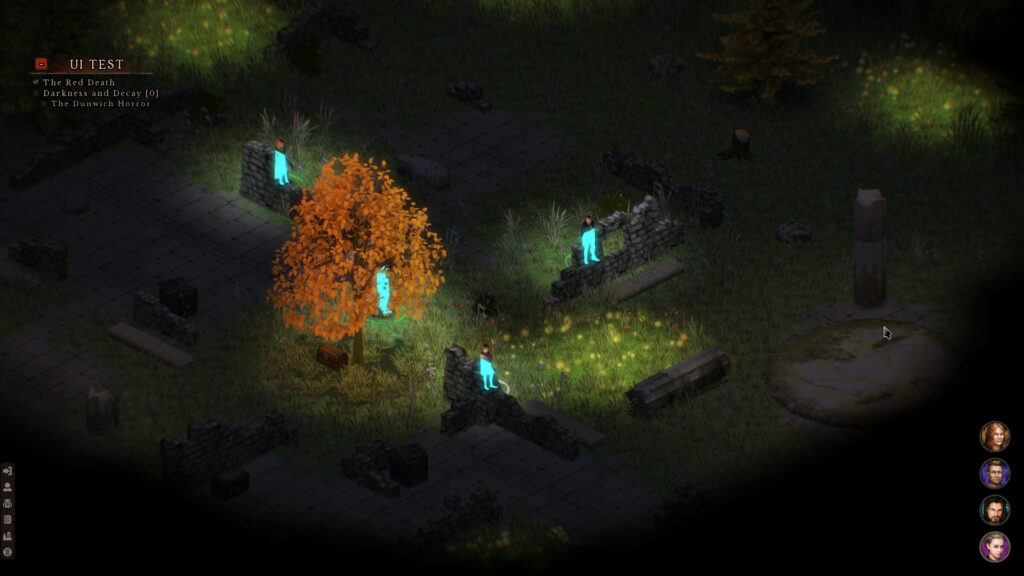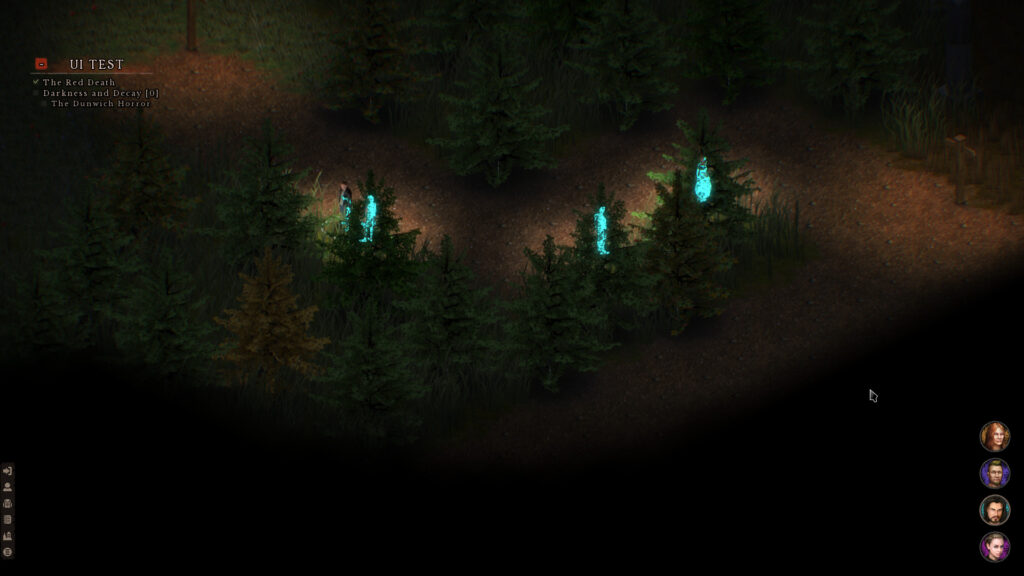There aren’t many RPGs that take place in fully realistic worlds. There is always some element of supernatural, fantasy or sci-fi involved. After all one of the goal of such games is to explore fantasies and provide player with experiences otherwise unobtainable.
And this can lead to interesting situations.
Some of the most memorable moments in, not only RPGs but video games in general, are interactions with odd or interesting characters. Red XIII In Final Fantasy VII, Knights of the Round table in Fallout 2, industrial machines thinking they are people in Soma and many more.
Hopefully Elemental Enigma will have its own share of interactions which will stay in players memories. Especially that many situations will be taken out Terry Prachett’s toolkit of putting real people in fantastic settings.
The currently developed demo of the game will have small glimpse of that as well. Although the location will not have that many NPCs, one might prove quite talkative. If the player will have the right skills to talk to them.
